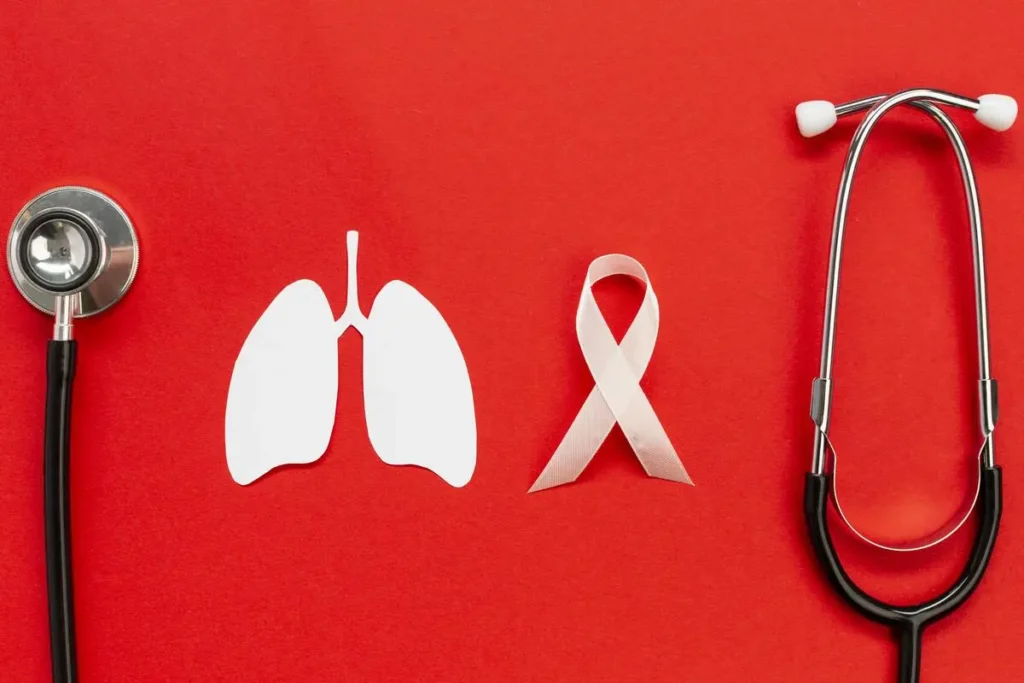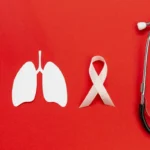Now Reading: Diagnosis Code for PCOS: Your Guide to Clarity in 2025
-
01
Diagnosis Code for PCOS: Your Guide to Clarity in 2025
Diagnosis Code for PCOS: Your Guide to Clarity in 2025

The diagnosis code for pcos, E28.2, links to Rotterdam criteria: irregular periods, high androgens, or polycystic ovaries. This guide covers diagnosis steps, treatments, fertility facts, and natural options, with practical advice for managing PCOS in 2025.
You’re flipping through your phone, noticing another missed period, or maybe it’s that pesky chin hair that’s back. It’s enough to make you wonder: Is this PCOS? My cousin went through this—years of weird symptoms before a doctor finally said, “This is Polycystic Ovary Syndrome.” I’ve spent a decade writing about women’s health, shadowing specialists, and soaking up stories like hers. The diagnosis code for PCOS, E28.2 in ICD-10, isn’t just a random number—it’s your way into tests, treatments, and real answers. Let’s dig in with heart, honesty, and a clear path forward.
PCOS—Polycystic Ovary Syndrome—hits about 1 in 10 women, sneaking up with signs like weight gain or spotty cycles. It’s personal—my cousin’s “just stress” turned out to be more. This guide breaks down the code, the diagnosis process, and steps to take charge.
What’s PCOS?
Picture your ovaries as tiny workshops, cranking out eggs and hormones. With PCOS, things go off-kilter—too much testosterone mucks it up, sometimes leaving cysts like little pebbles on an ultrasound. It’s not just about babies; it messes with your skin, energy, even your mood. The National Institutes of Health says it affects 6-12% of women, often tied to fertility issues. Knowing this sets you up for what’s next.

How Do Docs Spot PCOS?
Ever feel like your body’s shouting, but the doctor’s not listening? The diagnosis code for PCOS is like solving a mystery—your symptoms, exams, and tests tell the story. My cousin cried when her doctor asked, “Are your periods all over the place? Got extra hair?” They’ll also check for thyroid or other issues to be certain.
Diagnosis Code for PCOS: The Lowdown
The 2023 International PCOS Guideline, led by Dr. Helena Teede, is like a doctor’s cheat sheet. It keeps things straight. Here’s what they look for:
- High Androgens: Blood tests catch extra testosterone, or you see stuff like facial hair. Shows up in 60-80% of cases.
- Messy Periods: Fewer than nine cycles a year or no ovulation, stalling eggs.
- Polycystic Ovaries: Ultrasound shows 20+ follicles per ovary or bigger ovaries.
You need two of these, after ruling out things like adrenal issues. The American College of Obstetricians and Gynecologists in 2024 suggests anti-Müllerian hormone tests for hard cases. Some docs worry the rules are too loose, but the guideline’s data keeps it real, especially for younger folks.

Can You Have Kids with PCOS?
Scared PCOS means no babies? It doesn’t. Ovulation’s the hurdle, but meds like letrozole or better eating can help. A 2023 Stanford study showed 65% of PCOS patients got pregnant with early care.
Treating PCOS: Meds and Natural Tricks
Treatment’s like picking your favorite coffee—made for you. Birth control can fix cycles; metformin helps insulin. Want natural? Try foods like berries, nuts, less sugar. My cousin quit soda and started walks; she felt better in a month. Johns Hopkins says lifestyle plus meds often wins.

PCOS Fast Facts
- Affects 1 in 10 women globally.
- Up to 70% go undiagnosed.
- Doubles diabetes risk.
Pro Tips: Run Your PCOS Journey
From talks with women and docs, here’s what works:
- Write down symptoms—cycles, acne, energy—for your doctor.
- Push for tests: testosterone, insulin, cholesterol.
- Find an endocrinologist who knows PCOS; not all doctors do.
- Try spearmint tea for hormones (ask your doc first).
FAQ
E28.2 in ICD-10, for records and insurance.<grok:render type=”render_inline_citation”> 2</grok:render>
Two of three: high androgens, irregular periods, polycystic ovaries, after ruling out other causes.<grok:render type=”render_inline_citation”> 14</grok:render>
Not fully—track symptoms, but see a doctor for tests.
It helps but isn’t always needed if other signs are clear.
No, but labs for hormones and sugars help.
It can mess with ovulation, but meds like Clomid help.
PCOS isn’t the end—it’s a bend in the road. I’ve seen women like my cousin go from lost to thriving with the right diagnosis code for PCOS and plan. You’ve got this. Grab a pen, call your doc, and write a new chapter.

Sienna Blake is a U.S. health expert, licensed pharmacist, and lifestyle writer. She blends medical knowledge with practical wellness and lifestyle insights, helping readers live healthier, balanced, and more informed lives.
Stay Informed With the Latest & Most Important News
Previous Post
Next Post
-
 01Happy Gilmore 2: Your Complete Guide to the Golf Comedy Sequel
01Happy Gilmore 2: Your Complete Guide to the Golf Comedy Sequel -
 02Joe Root’s Test Runs: England’s Batting Genius in Focus
02Joe Root’s Test Runs: England’s Batting Genius in Focus -
 03The Bad Guys 2 (2025): Everything We Know So Far
03The Bad Guys 2 (2025): Everything We Know So Far -
 04Demon Slayer: Kimetsu no Yaiba The Movie: Infinity Castle Tickets – Your Guide to the Epic Anime Event
04Demon Slayer: Kimetsu no Yaiba The Movie: Infinity Castle Tickets – Your Guide to the Epic Anime Event -
 05RTX 50 Series Unleashed: Next-Gen Gaming Power Awaits!
05RTX 50 Series Unleashed: Next-Gen Gaming Power Awaits! -
 06The Naked Gun 2025: What to Know About the Comeback Comedy Starring Liam Neeson
06The Naked Gun 2025: What to Know About the Comeback Comedy Starring Liam Neeson -
 07Sensory Clothing for Kids: What Every Parent Needs to Know
07Sensory Clothing for Kids: What Every Parent Needs to Know














